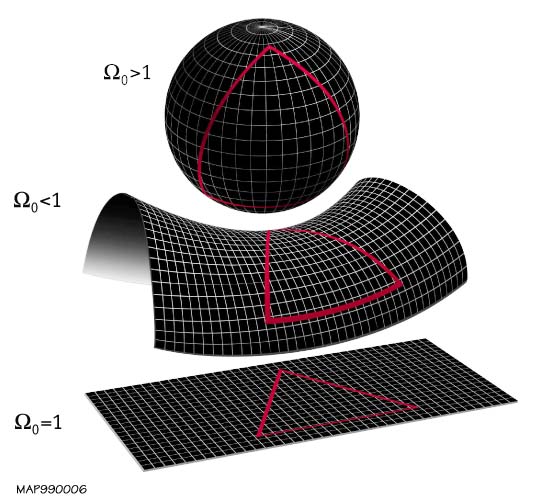 |
| MILKY WAY GALAXY COULD BE HOME TO 36 ACTIVE, INTELLIGENT CIVILISATIONS BESIDES HUMANS, STUDY SUGGESTS firstpost.com |
Tom Westby and Christopher Conselice published a study estimating that there were or were 36 civilizations throughout the Milky Way Galaxy (it was not said what the level of technological advancement would be, so it could very well be ancient or medieval).
The distance between them would be 17,000 light-years on average (with current technology it would take us millions of years to travel there, given that up to the nearest star, Proxima Centauri, 4 light-years away, would take 6300 years).
Communication with another civilization 17,000 light-years away would take 34,000 years, 17,000 years for our signal to reach that planet, and another 17,000 years for their signal to reach our planet.
It cannot be discussed as on Messenger or as in Star Trek through video broadcasts from light years.
There is a possibility that civilization will disappear until the signal arrives, decay technologically or change completely culturally, or have been destroyed or invaded by another aggressive civilization and not find the same civilization as before.
It is impossible to communicate with other extraterrestrial civilizations through space, unless we find a way to transmit signals through wormholes / portals and reach the planet directly in a matter of seconds.
But for that we would need centuries or even millennia to study the universe, matter and dark energy, and invent a technology to open wormholes through which to transmit information, signals and messages.
Maybe signals from an advanced civilization already crossed the Earth's orbit 17,000 years ago ......... when humans were primitive hunter-gatherers hunting bison, settling in North America, inventing pottery for the first time in China and domesticated the pig.
Maybe 5,000 years ago when people built the pyramids or 800 years ago when Europe was in the Middle Ages, in the age of castles, inquisitions and knights.
Maybe there have never been any signals past the Earth about how vast the galaxy is.





















